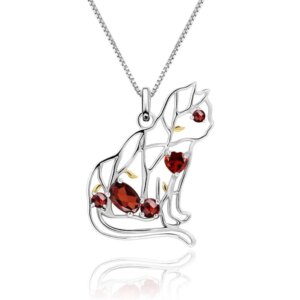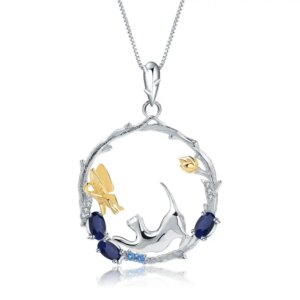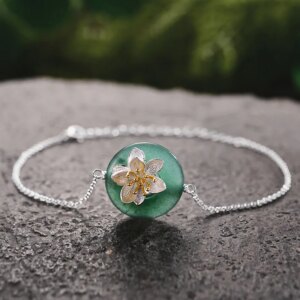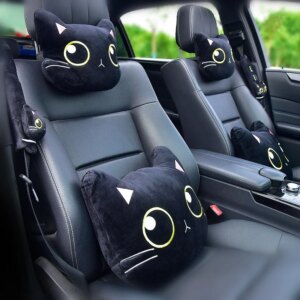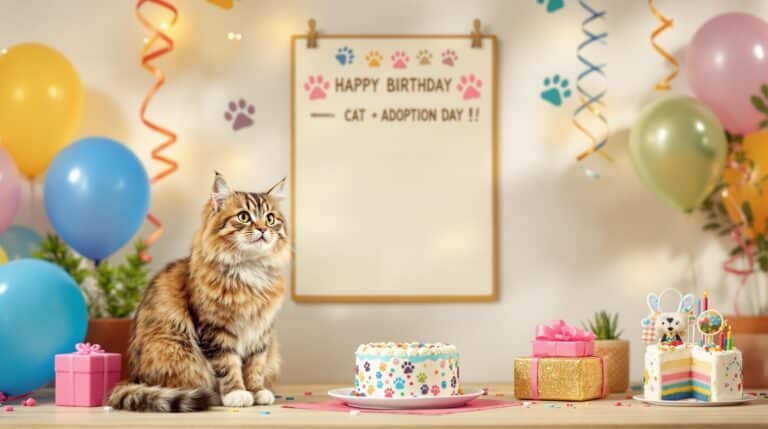Cats peanut butter: Discover whether peanut butter is safe for your feline friend and how it can be incorporated into their diet and playtime. This guide covers the nutritional value, potential risks, and best practices for using peanut butter with cats. Learn about the best brands, DIY recipes, and creative ways to use peanut butter for your cat’s health and happiness.
Is Peanut Butter Safe for Cats
Nutritional Value of Peanut Butter for Cats
We at Cat Karma Creations understand that cats are obligate carnivores, which means their diet should primarily consist of animal-based proteins. However, small amounts of peanut butter can provide some benefits. Peanut butter is a good source of protein and healthy fats, which can support your cat’s muscle health and coat shine. It also contains vitamins like B3 and E, which are beneficial for their overall well-being. However, it’s crucial to feed peanut butter in moderation and choose the right type to avoid any potential risks. For more information, visit our website or follow us on Instagram.
Potential Risks and Precautions
While peanut butter can be a tasty treat, there are several potential risks to consider. One of the main concerns is the high fat content, which can lead to weight gain and obesity if not fed in moderation. Additionally, many commercial peanut butters contain added sugars, salts, and artificial sweeteners like xylitol, which can be toxic to cats. Xylitol, in particular, can cause a rapid release of insulin in cats, leading to hypoglycemia (low blood sugar) and, in severe cases, liver failure. Always check the ingredient list and opt for natural, unsalted, and sugar-free peanut butter to minimize these risks. If you need more advice, feel free to contact us at info@catkarmacreations.com.
Symptoms of Peanut Butter Toxicity in Cats
If your cat ingests peanut butter containing harmful ingredients, it’s important to recognize the symptoms of toxicity. Common signs include vomiting, diarrhea, lethargy, and loss of appetite. In more severe cases, you might observe tremors, seizures, or difficulty breathing. If you suspect your cat has ingested toxic peanut butter, contact your veterinarian immediately. Early intervention can prevent serious health complications and ensure your cat receives the necessary treatment. For more resources, visit our cat-themed jewelry page.
Best Peanut Butter Brands for Cats
Natural and Organic Options
When choosing peanut butter for your cat, opt for natural and organic brands. These products are more likely to be free from harmful additives and preservatives. Some popular natural and organic peanut butter brands include Smucker’s Natural Peanut Butter and Justin’s Classic Peanut Butter. These brands use simple ingredients like peanuts and salt, making them a safer choice for your feline friend. Always read the label to ensure the product is free from xylitol and other artificial sweeteners. For more information, visit our nature-inspired products.
Store-Bought Treats and Foods
In addition to natural peanut butter, there are several store-bought treats and foods specifically designed for cats. These products often use peanut butter as an ingredient and are formulated to meet the nutritional needs of cats. Some top brands include Purina Beyond Grain-Free Savory Turkey & Peanut Butter Recipe and Blue Buffalo Wilderness High Protein Grain-Free Wet Cat Food with Turkey & Peanut Butter. These products are a convenient and safe way to incorporate peanut butter into your cat’s diet without the risk of harmful ingredients. For more options, explore our sterling silver collection.
Homemade Peanut Butter Treats
For a personalized and safe treat, consider making homemade peanut butter treats for your cat. Homemade treats allow you to control the ingredients and ensure they are safe and nutritious. One simple recipe is to mix natural peanut butter with a small amount of water or low-sodium chicken broth to create a spreadable consistency. You can then pour the mixture into a silicone mold and freeze it for a refreshing treat. Another option is to mix peanut butter with a small amount of rolled oats and shape it into small balls. Baking these treats at a low temperature for a short time will create a crunchy, tasty snack that your cat will love. For more DIY ideas, follow us on Pinterest.
Using Peanut Butter in Cat Toys
DIY Peanut Butter Cat Toys
Making DIY peanut butter cat toys is a fun and creative way to engage your cat in playtime. One simple idea is to use a cardboard tube and a rubber band. Cut the cardboard tube into small sections and secure a small amount of peanut butter inside using a rubber band. This creates a treat-dispensing toy that will keep your cat entertained for hours. Another option is to use a plastic water bottle. Cut small holes in the bottle and fill it with a small amount of peanut butter. Secure the cap tightly, and your cat will enjoy batting it around and trying to get the peanut butter out. For more DIY projects, check out our all jewelry page.
Store-Bought Peanut Butter Cat Toys
There are also many store-bought peanut butter cat toys available that can enhance playtime. Brands like KONG and Outward Hound offer a variety of interactive toys designed to hold peanut butter and other treats. These toys are durable and designed to withstand rough play, making them a great choice for active cats. Some popular options include the KONG Classic Dog Toy and the Outward Hound Hide-A-Squirrel Puzzle Toy. These toys can help keep your cat mentally stimulated and engaged, reducing boredom and destructive behaviors. For more toy ideas, visit our cat-themed jewelry page.
Safety Tips for Peanut Butter Cat Toys
When using peanut butter in cat toys, it’s important to follow some safety tips to ensure your cat’s well-being. First, always supervise your cat during playtime to prevent choking or ingestion of small parts. Choose toys that are the appropriate size for your cat to avoid any risk of swallowing. Additionally, use only a small amount of peanut butter in the toy to prevent overindulgence. Finally, clean the toy thoroughly after each use to maintain hygiene and prevent the growth of bacteria. For more safety tips, follow us on Twitter.
Peanut Butter for Cat Training and Behavior
Positive Reinforcement with Peanut Butter
Peanut butter can be an effective tool for positive reinforcement in cat training. Cats are highly motivated by food, and using a small amount of peanut butter as a reward can help reinforce good behavior. For example, when teaching your cat to use a scratching post, you can place a small amount of peanut butter on the post to encourage them to use it. Similarly, when training your cat to come when called, offer a small dollop of peanut butter as a reward for coming to you. Positive reinforcement with peanut butter can make training sessions more enjoyable and successful. For more training tips, visit our nature-inspired products.
Managing Anxiety and Stress with Peanut Butter
Peanut butter can also be used to help manage anxiety and stress in cats. The act of licking and eating can have a calming effect on cats, making peanut butter a useful tool during stressful situations. For example, if your cat is anxious during a trip to the vet, you can offer a small amount of peanut butter to help them relax. Similarly, if your cat is experiencing stress due to changes in the household, such as a new pet or a move, providing a peanut butter treat can provide comfort and distraction. However, it’s important to use peanut butter in moderation to avoid any negative health effects. For more stress management tips, follow us on Facebook.
Tips for Using Peanut Butter in Training
When using peanut butter in cat training, there are a few tips to keep in mind. First, always use a small amount of peanut butter to avoid overindulgence and potential health issues. Second, choose a natural and organic peanut butter that is free from harmful additives and preservatives. Third, use peanut butter as a reward for specific behaviors, such as using a scratching post or coming when called, to reinforce positive actions. Finally, be consistent with your training sessions and gradually phase out the use of peanut butter as a reward to prevent your cat from becoming dependent on treats. For more training resources, visit our sterling silver collection.
Popular Quote
“A cat has absolute emotional honesty; human beings, for one reason or another, may hide their feelings, but a cat does not.” — Ernest Hemingway
Statistical Fact
According to the American Pet Products Association, approximately 95.6 million cats are owned as pets in the United States. This statistic highlights the significant role cats play in many households and the importance of understanding their dietary needs and preferences. For more information, visit the American Pet Products Association.
Three Tips for Using Peanut Butter with Cats
- Choose the Right Type: Always opt for natural, unsalted, and sugar-free peanut butter to ensure it is safe for your cat. Check the ingredient list to avoid any harmful additives like xylitol.
- Use in Moderation: Feed peanut butter in small amounts to prevent weight gain and other health issues. A small dollop once or twice a week is sufficient.
- Monitor Your Cat: Observe your cat’s reaction to peanut butter. If they show any signs of discomfort or allergic reactions, discontinue use and consult your veterinarian.
Popular Questions
- Can cats eat peanut butter every day? It’s best to feed peanut butter to your cat in moderation, no more than once or twice a week, to avoid weight gain and other health issues.
- What are the signs of peanut butter toxicity in cats? Common signs include vomiting, diarrhea, lethargy, and loss of appetite. In severe cases, you might observe tremors, seizures, or difficulty breathing.
- Can peanut butter be used for training cats? Yes, peanut butter can be an effective tool for positive reinforcement in cat training. Use it as a reward for specific behaviors to reinforce good actions.
- Are there any cat-safe peanut butter brands? Some popular cat-safe brands include Smucker’s Natural Peanut Butter and Justin’s Classic Peanut Butter. Always check the ingredient list to ensure the product is free from harmful additives.
- Can peanut butter help with cat anxiety? Yes, the act of licking and eating can have a calming effect on cats, making peanut butter a useful tool during stressful situations. However, use it in moderation to avoid any negative health effects.
Final Thoughts About cats peanut butter
In conclusion, while peanut butter can be a safe and beneficial treat for cats, it’s important to choose the right type and use it in moderation. Always consult with your veterinarian before introducing new foods to your cat’s diet. For more information and to explore our range of cat-themed gifts and jewelry, visit our website or follow us on Instagram. If you have any questions or need custom designs, feel free to contact us at sales@catkarmacreations.com or call us at (800) 343-1604.
| Feature | Homemade Peanut Butter Treats | Store-Bought Peanut Butter Treats | Peanut Butter Cat Toys |
|---|---|---|---|
| Ingredients | Natural, controlled | Varies by brand | Varies by brand |
| Safety | High, no preservatives | Moderate, depends on brand | High, non-toxic materials |
| Cost | Low, DIY | Moderate to high | Low to moderate |
| Ease of Use | Requires preparation | Ready to use | Ready to use |
| Variety | Limited by creativity | Wide range of flavors and shapes | Various designs and functionalities |
- Explore the nutritional value of peanut butter for cats and its impact on their diet.
- Discuss the potential risks and precautions when feeding peanut butter to cats.
- Highlight the best peanut butter brands that are safe and beneficial for cats.
- Provide DIY recipes for homemade peanut butter treats that are safe and nutritious.
- Examine the use of peanut butter in cat toys and how it can enhance playtime.
- Review the role of peanut butter in cat training and behavior management.


